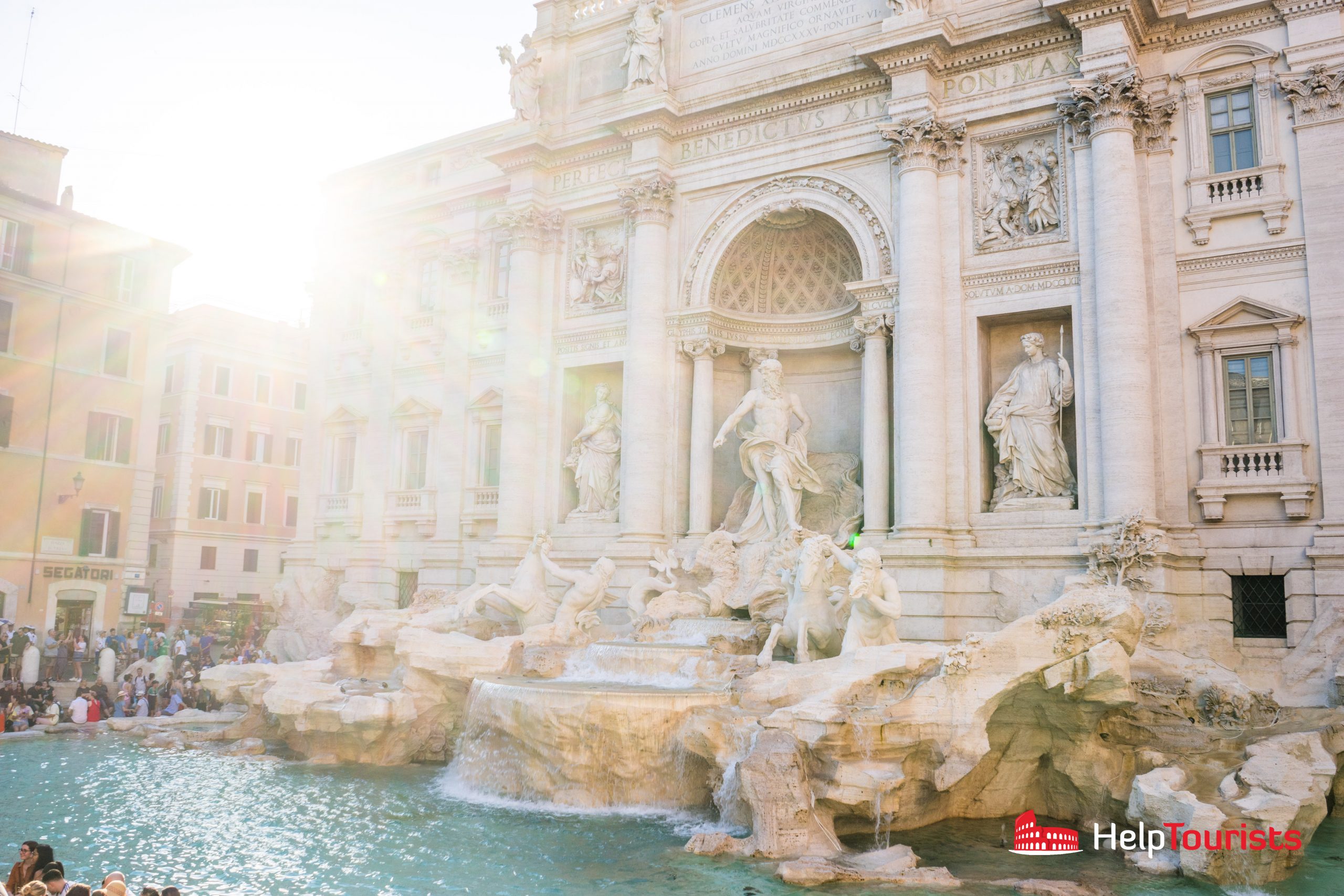When it comes to fascinating destinations, Mexico stands out as a vibrant tapestry of history, culture, and biodiversity. Are you prepared to discover some intriguing snippets about this colorful country? These seven facts might just pique your curiosity and inspire you to share them with friends or even challenge them to see how much they know about Mexico.
1. The Birthplace of Chocolate
Did you know that chocolate has its roots in ancient Mexico? The Olmecs, one of the earliest Mesoamerican civilizations, are believed to have been the first to cultivate cocoa beans. They cherished these beans for their stimulating properties and often fermented them into a drink. However, it was the Maya and later the Aztecs who truly exalted chocolate, using it in sacred rituals and as currency. Imagine the excitement of sipping a drink that was not only a treat but also a symbol of wealth and power!
Can you name any other everyday foods that have such illustrious beginnings?
2. A Diverse Ecosystem
Mexico is home to an astounding variety of ecosystems. Ranging from arid deserts and lush rainforests to high mountain ranges and stunning coastlines, its geography is as diverse as its flora and fauna. The country boasts more than 200,000 square kilometers of protected areas, making it one of the top nations for biodiversity worldwide. More than 1,500 species of mammals, birds, reptiles, and amphibians can be found within its borders, including unique creatures like the axolotl and the Mexican grey wolf.
So, could you identify a few endangered species found in this splendid habitat?
3. Home to the World’s Largest Pyramid
While many might think of Egypt when discussing pyramids, Mexico is home to the largest pyramid in the world—Cholula. Located in Puebla, this ancient structure is not only grand in size but also fascinating in its history. Built over several centuries, the Great Pyramid of Cholula measures 450 meters on each side and stands 66 meters tall. It is even larger in volume than the Great Pyramid of Giza! Though it appears to be a hill today, it has been meticulously excavated to reveal its remarkable levels of intricate ceremonial structures.
What if you could stand atop this colossal monument and admire the breathtaking views? Would you dare to visit?
4. A Linguistic Wonderland
Spanish is the official language of Mexico, but did you know that the nation recognizes 68 national languages? This includes a plethora of indigenous languages, many of which have survived through centuries of colonization. Languages like Nahuatl, spoken by the Aztecs, and Maya dialects continue to thrive in various regions, enriching the cultural fabric of Mexico. This linguistic diversity is a testament to the resilience of indigenous communities and their heritage, allowing them to share their stories and traditions through language.
Could you guess how many people converse in these indigenous tongues today?
5. The Day of the Dead
The Day of the Dead, or Día de los Muertos, is one of Mexico’s most iconic and cherished celebrations. Unlike the somber commemorations of death elsewhere, this vibrant festival is a colorful homage to deceased loved ones. Taking place on November 1st and 2nd, the celebration combines indigenous traditions with Catholicism, offering a unique perspective on mortality. Families create altars adorned with photographs, candles, marigolds, and favorite foods of the departed, welcoming their spirits back home. It’s a time for joy, remembrance, and reflection.
What if you had the opportunity to experience this celebration first-hand? Would you join the festivities?
6. The Rich History of Tequila
Tequila, a spirit made from the blue agave plant, has a long and storied tradition in Mexico. Originating in the town of Tequila in Jalisco, this beloved beverage has become synonymous with Mexican culture worldwide. The process of creating tequila is an art form. It takes years to cultivate the agave, and various artisanal methods can yield distinct flavors. Distinct from mezcal, which can be made from various agave species, tequila must adhere to specific guidelines that protect its quality and authenticity. What’s more, tequila is so integral to Mexican heritage that it was granted Denomination of Origin status in 1974.
If you were to host a tasting party, which types of tequila would make the cut?
7. A Tradition of Art and Architecture
Mexico boasts a wealth of artistic expression, exemplified by its distinctive architecture and mesmerizing murals. From the ancient ruins of Teotihuacan to the vibrant murals of Diego Rivera and Frida Kahlo, art conveys the nation’s diverse narratives. The UNESCO world heritage sites scattered throughout the country include not only historic cities but also stunning natural wonders that inspire creativity. Mexican folk art showcases a plethora of styles, incorporating intricate designs and vibrant colors, reflecting the nation’s unique cultural influences.
If you were an artist, which style would you choose to represent your own culture? Would you inspire others?
In conclusion, Mexico offers a treasure trove of fascinating facts that highlight its vibrant culture and history. Each aspect, from its ancient roots in chocolate and tequila to its diverse ecosystems and rich artistic traditions, invites you to explore and appreciate its complexity. So, how many of these facts were new to you? And how could you share this newfound knowledge with others?










